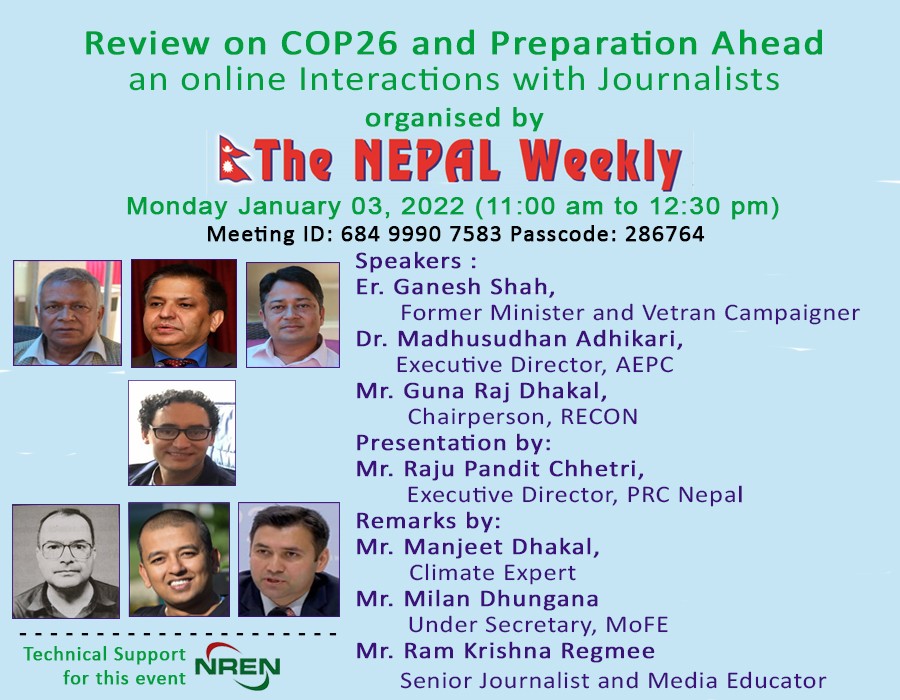 The Nepal Weekly
The Nepal Weekly  February 15, 2022
February 15, 2022Five Nepali women scientists have been awarded the OWSD Fellowship of US 50,000 (approximately Rs. 6 million) as the best young female scientists in the world. Hemu Kafle, Shobha Poudel, Pratibha Pandey, Tista Prasai Joshi and Jyoti Bhandari are the young Nepali scientists who have received this international award. They have continuously submitted this award from 2018 to 2020.
In 2018, Kafle received the award in Astronomy, Space and Earth Sciences and Poudel in Social and Economic Sciences. Similarly, in 2019, Pandey received the award in Chemical Science and Joshi in Biological Systems and Organism. In 2020, Bhandari received the award in Agriculture Science.
Bhandari is in the process of completing her research this year. Two are in the final stages of publishing their research in an international journal, while two are in the final stages of research.
In 2018, Poudel became the subject of an international award for the climate-friendly technology used by Nepal’s farming and farmers. Her proposal to conduct research on ‘Cost-Benefit Analysis of Climate-Friendly Farming System in the Agro-Environmental Area of Gandaki Reservoir’ has surpassed the proposal of 200 women scientists from around the world.
Kafle, who received the award the same year, made drought her subject of research. There are not enough meteorological ground stations to forecast the weather in Nepal. To make up for that shortfall, Kafle devised a mobile station. She says that the metrological station in the vehicle, the computer will be kept in the place of research for 10 days and the data recorded in it has been analyzed. This study can predict the weather, she says.
Scientist Joshi, who received the award in 2019, has completed her research, but due to the coronavirus epidemic, she has six more months to publish her research paper. After receiving Arwad, she started researching and purchased Nanoparticle Analyzer Equipment – Zeta Potential. This technique is used to analyze nanoparticles. Even NAST, a university, and a research institute did not have this much-needed technology for research. She says that buying jetpotentials through UNESCO has become cheaper as she does not have to pay taxes. Of this, 27,500 dollars (about 3.3 million rupees) has been spent.
She says she used the same award money to set up computer software and labs to help her research. Pandey, who received the award in 2019, aims to turn waste acidic fruits into a nutraceutical industry by processing them. She says.The wasted peel of fruits like oranges, the medicinal ingredients in it can be naturally produced by using more water and processed at the place where it is wasted, “.
Bhandari, who received the award in 2020, received the OWSD Award for her research on the importance, use, conservation and economic advancement of Nepal’s traditional herbs (Ayurveda). She is conducting detailed study of herbs found in Annapurna region (Sikles, Ghandruk, Lamjung, Lower Mustang). What kind of herbs are found in this area? What is it used for? Commercially produced or not? Is the new generation interested in using it or not? Her research is focused on these issues. Her study, has been delayed due to coronavirus infection.

